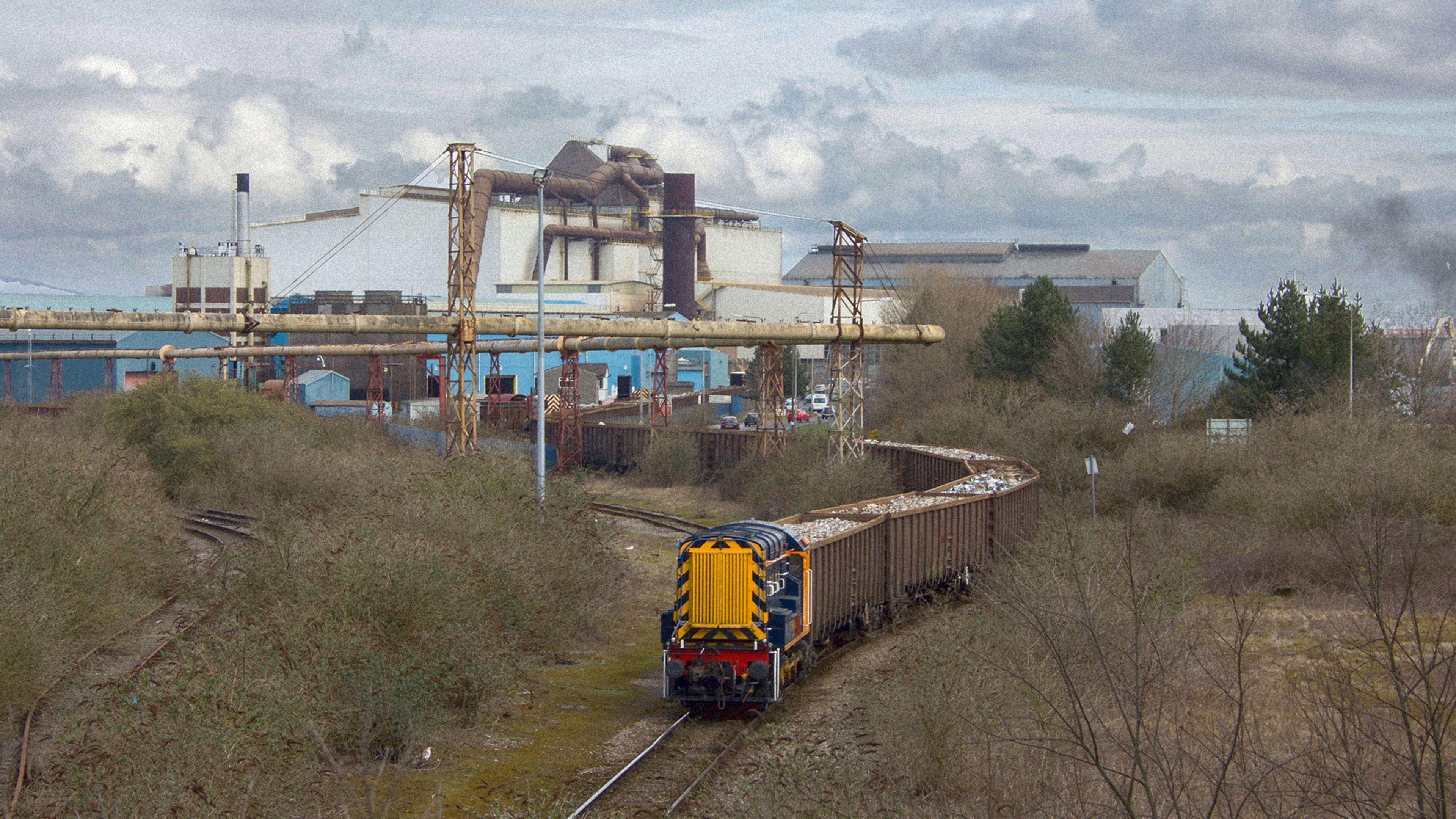At an Australian steel mill, a massive solar farm that will be built nearby will soon help the factory run on 100% renewable power. It’s a sign of transition in an energy-intensive industry that has been one of the hardest to move to a low-carbon future.
A new report looks at some of the most polluting, and hardest to change, industries in the world–from steel, cement, and plastic production to shipping and airlines–and finds that it’s now both technically and financially feasible for those industries to reach net zero emissions by the middle of the century. That’s something that will be necessary for the world to have a chance of limiting global warming to the key target of 1.5 degrees.
Some new technologies, such as new electric furnaces used to make steel, or plastic made from plant material, are still at an early stage. But they exist. “There is still more innovation that needs to happen,” says Jules Kortenhorst, CEO at the nonprofit Rocky Mountain Institute, one of the members of the Energy Transitions Commission, the group that published the report, called “Mission Possible.” “These technologies needs to be reduced in cost and they need to be deployed at scale. But what the report is saying is this does not require a breakthrough invention that we haven’t come up with yet. The technologies are viable.”
They can follow a similar path as technologies like wind and solar power, Kortenhorst says, which have dropped so steeply in price that it’s now more affordable in many parts of the U.S. to build a new wind or solar farm than to keep a coal plant running.
The group calculated that full decarbonization would cost less than 0.5% of GDP by midcentury, and that cost could be even lower with improvements in recycling and other changes. Consumer products would see only small impacts–a pair of jeans, for example, might cost a dollar more if it traveled from a factory across the ocean on a zero-emissions ship. A bottle of soda might cost one cent more in a plastic bottle made with zero emissions.
Some changes are happening more quickly than expected. “If you had asked me five years ago, maybe even two years ago, I would have said it’s really hard to imagine how we’re going to take care of trucking without greenhouse gas emissions,” says Kortenhorst. Semi trucks that need to travel long distances without stopping are harder to convert to electricity than a car that makes a short commute each day. But the falling cost of technology is making it possible. Both zero-carbon buses and trucks, running on batteries or hydrogen fuel cells, are likely to be cost-competitive with fossil fuel trucks by 2030.
On short flights, airlines can begin to shift to electric planes, while biofuels and synthetic jet fuels can cover long flights. Cargo trucks can use electricity and batteries or fuel cells for short trips, and biofuels (or, in the long term, hydrogen) for long trips.
The plastics industry can shift to bio-based plastic. Moving to a circular economy–with far more recycling of plastic–could cut primary plastic production by 56% compared to a business-as-usual scenario, making it far easier to cut the industry’s footprint. In the steel industry, a more circular economy would also substantially reduce the carbon footprint of steel.
The changes, of course, are not inevitable. A combination of new policy and industry commitments, and consumer change–including just recycling more–is necessary. “What this report illustrates very clearly is that the technologies and the business solutions exist today to decarbonize most of our economy in a cost-effective manner,” says Kortenhorst. “But there is a crucial role for policymakers, for consumers, and for the private sector to start shifting towards those low carbon technologies of the future, and it is all of our joint responsibility to drive that transition as fast as we can.”
Recognize your brand’s excellence by applying to this year’s Brands That Matter Awards before the early-rate deadline, May 3.
